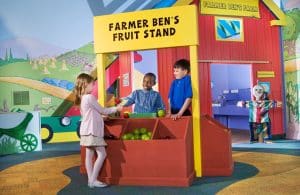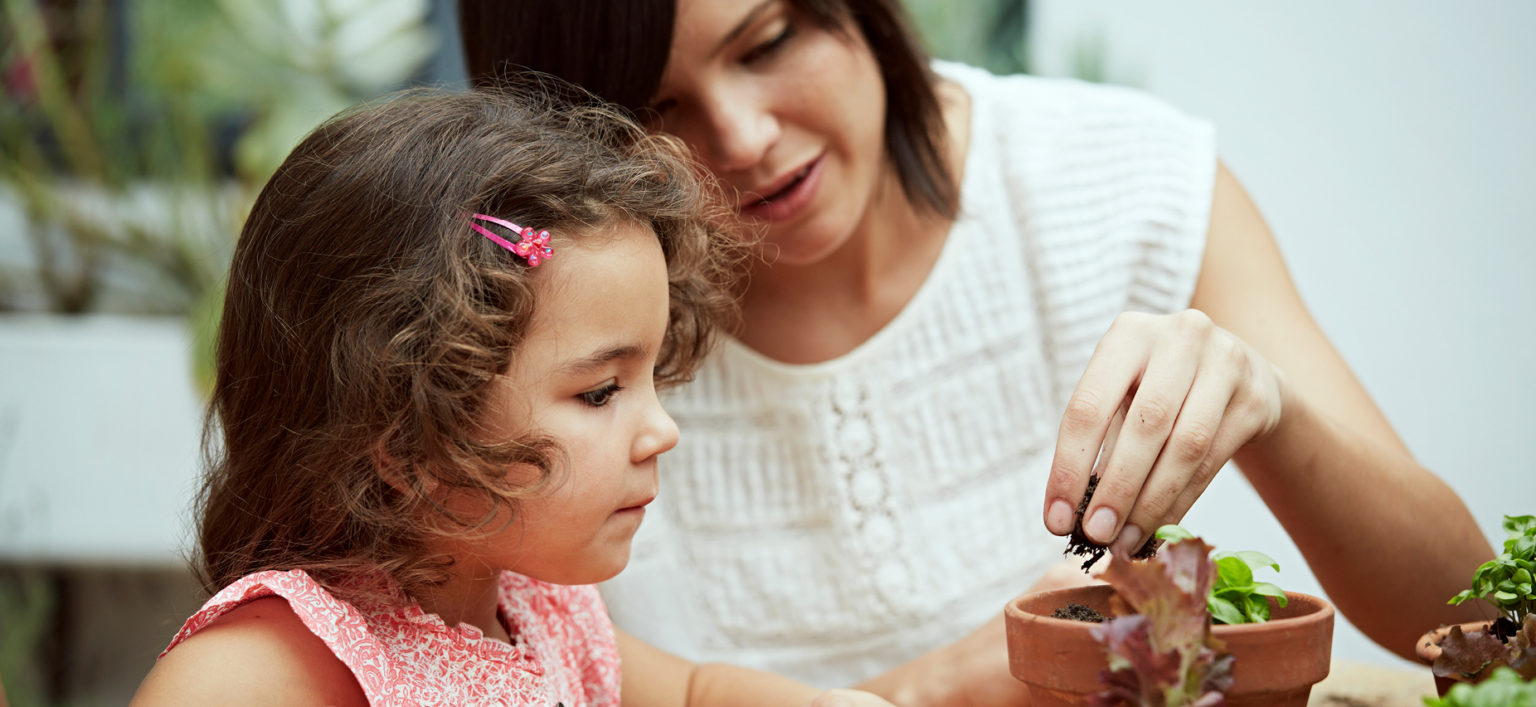This article originally appeared on cincinnatifamilymagazine.com.
This spring, turn your children into little gardeners. It’s surprisingly satisfying for all — not to mention the bounty you’ll get from a family garden!
Gardening makes for great family adventure and experimentation. Here are some family tips to help get you and yours started:
FIRST THINGS FIRST
Browse through gardening books and magazines at the local library. Think about vegetables or flowers you’d like to grow and learn about their growing habits. Visit a local nursery with your children — the staff will be glad to answer your questions about proper soil, watering and growing habits.
SEEDS OR SMALL PLANTS?
In early spring, seeds can be germinated indoors to ready them for planting. Seed starter kits are inexpensive, but small pots or empty egg cartons work just as well. Fill your containers with potting soil, water lightly each day and set in a southern, sunny window. The earlier you start this method, the more “sprout” you’ll have for planting. An easy way to ensure success is by purchasing small basic plants to simply pop into the ground.
MAKE YOUR PLANS
Sit down with graph paper and a pencil to make a sketch of what you’re planting and where. Measure the space you have to work with and divide it up for the optimal amount of usage and variety. Use gardening books to check for companion plants (some plants will not grow well next to others). If you have the space, divvy up small 3’ by 4’ sections for different family members and let them design their own space. For instance, your 6-year-old can be in charge of green beans in her space; your 10-year-old can man the peppers. Enjoy creating your garden on paper … and then get ready to transfer your imagination to the soil!
LET CHILDREN BEGIN WITH SIMPLE TASKS
Wear comfortable clothes just right for getting dirty. Everyone should don gardening gloves and have tools ready. Children love digging in the soil, and kid-sized tools are available in hardware stores. Start by digging up your soil, breaking up lumps of clay and removing rocks. Even very young children can be surprisingly helpful when it comes to this part — they love removing stones and can even reserve some for rock painting. Later, without the children, sprinkle a commercial fertilizer on your amended soil and then let the kids water it well. Let it sit for a day before planting. As you prepare for gardening, remember that children can dig, rake, hoe and use sticks to mark off rows with strings. They also enjoy helping you label rows with the names of different vegetables or flowers.
READY TO GARDEN
Refer to your sketches and show family members how far apart plants need to be spaced. Dig the first example then let the kids have a go at it. When transplanting plants from pot to earth, be especially careful with roots. You will need plenty of patience, so remember that a child’s attention span is shorter than that of an adult. If gardening becomes drudgery, it’s time for a break. If only two plants get in the ground this time, then so be it!
MORE WATERING
I’ve never met a child who didn’t like to play with a garden hose. Watering plants can be a fun activity for all ages. Be sure to teach your children the proper amounts necessary and when the best time of day for watering is. Never water a garden in full sun or risk drying out their leaves; early morning or evening is a good time. Show children how to tell whether a plant needs water or not.
THINGS TO KNOW
The type of garden you choose to grow depends on individual tastes. Some people believe that if kids help grow vegetables they may be more inclined to eat them as well. With vegetables, after everything blooms you can share in the bounty and have a garden feast. But flower gardens are a good choice, too … in time, the entire family can learn to do both!





